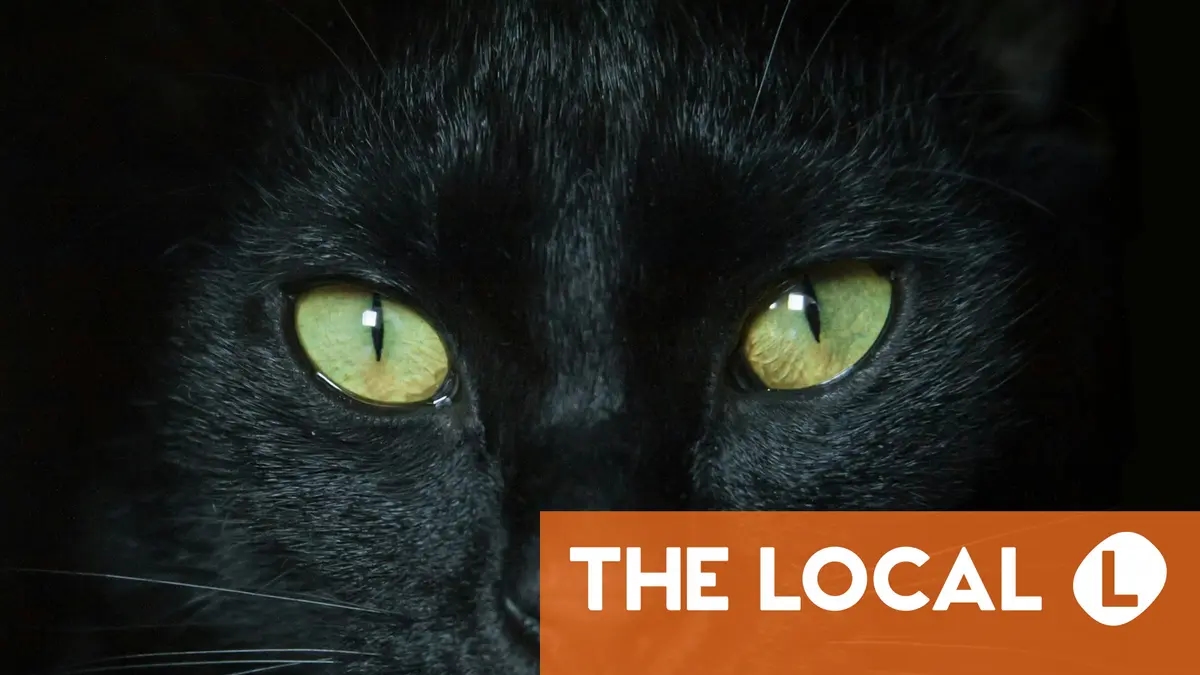The 'Rumpelstiltskin effect' or why just receiving a diagnosis can be therapeutic

There's a Brothers Grimm fairy tale with the convoluted name of Rumpelstiltskin , which tells of a young woman who promises to give her firstborn son to a cruel goblin in exchange for the ability to spin straw into gold. When the little man goes to collect the debt, she begs for mercy, and he offers her a way out: if she guesses his name, they'll be even, and the boy can keep her. The young woman tries again and again, goes over all the familiar names, but can't guess. Until a servant arrives with a strange nickname, Rumpelstiltskin. She pronounces it, gets it right, and is released from the agreement. The problem is solved.
This story inspired the name of a peculiar medical phenomenon that a pair of researchers have set out to explore in an article published in a scientific journal edited by the Royal College of Psychiatrists in the United Kingdom. The authors call the Rumpelstiltskin effect , specifically the potential benefit of putting a name and surname to a health problem. According to the researchers, the mere fact of providing a clinical diagnosis can, in and of itself, generate relief, validation, and empowerment.
The authors say this is a “surprising, neglected, and unknown” medical phenomenon. But although it is understudied, it is not foreign to the medical community, they argue. In fact, they cite, a scientific review already revealed in 2021 that diagnostic labels provided people with positive and therapeutic feelings. “These labels helped eliminate uncertainty, facilitate communication, and improve self-understanding. Furthermore, diagnoses often fostered beneficial social connections through mentoring and support groups,” the authors note.
Along similar lines, another analysis examining how psychiatric diagnoses affected young people concluded that the scientific authority attached to a diagnostic label "validated the authenticity of young people's difficulties and reframed them as legitimate medical conditions." This validation translated into reduced self-blame and greater social acceptance.
To delve into the potential mechanisms that explain this effect of the diagnosis itself, the authors use an example that philosopher Miranda Fricker uses with postpartum depression to illustrate "how the act of naming a phenomenon can serve as a transformative moment of understanding." In a book, the scientist recounts the anecdote of a woman who, until she discovered that a medical label for postpartum depression existed, didn't identify what had happened to her. And only then, when she put a name to what she experienced, did she stop blaming herself and thinking that what she had experienced was "a personal deficiency." "The lack of a recognized concept for postpartum depression created [what Fricker calls] a 'hermeneutical obscurity,' a gap in collective understanding that deprived people of the ability to fully comprehend their experiences," the authors note.
Understanding sufferingIn their article, they note that a diagnosis is not just a medical label, but "a social tool for making suffering understandable." In other words, feeling understood by oneself and others is psychologically beneficial and could contribute to the Rumpelstiltskin effect, according to the authors.
Furthermore, they add, giving names to what they are experiencing also connects patients with supportive communities of people facing similar situations. “These communities foster a strong sense of shared identity, which can alleviate stigma and empower members through participation in shared advocacy goals, as seen in the neurodiversity movement,” they exemplify.
And along the same lines, they add, the act of diagnosis is also often a prelude to medical care and treatment. Therefore, the Rumpelstiltskin effect can be explained by the patient's learned association between giving a name and medical context to a health problem and the promise of relief it can bring: "When a patient receives a diagnosis, it offers hope and reassurance. The association can continue even in situations where a diagnosis is made, but treatment is not sought or none is available," the authors propose.
Carmen Moreno, a member of the Spanish Society of Psychiatry and Mental Health, sees it as "logical" that the very fact of a diagnosis has an impact on patients. First, because of the obvious fact that when a person comes to the consultation, it's because they have a problem and are looking for an answer. "When you're very unwell and can't understand it, the level of uncertainty is very significant. And the fact of feeling understood, of feeling that what you're going through is real, gives you a certain level of external validation and self-respect," she explains.
In some ways, the authors continue, the diagnosis alleviates uncertainty because it introduces a label "around which a narrative can be constructed." That is, a story that explains their suffering and makes it understandable.
The clinical experience of Encarna Guillén, head of the Genetics Department at the Sant Joan de Déu Children's Hospital in Barcelona (SJD) and an expert in rare diseases, attests to the therapeutic potential of providing a diagnosis: "The empirical perception is of a predominantly positive effect. In rare diseases, the diagnosis is usually a very clear relief for patients and their families." This is even true despite not being able to provide therapeutic tools. "They come from a background of darkness, and just the possibility of joining a group in the same situation or looking at a molecular pathway that is being researched gives them a degree of hope."
The doctor, who is also the strategic director of the Únicas SJD project and president of the Spanish Society of Human Genetics, points out that for rare diseases, the average diagnosis time is usually four to six years, and some people even die along the way without having a name for their condition. "People who have gone through a desert, a diagnostic odyssey, will express relief because they were dependent on the lack of a name," she says. On a clinical level, but also at the professional and social level: "If there is no name, someone may think it's invented by the person."
Moreno clarifies, however, that just as each patient is unique and a health problem doesn't always fit a diagnostic label perfectly, "how each person perceives and integrates the fact of being ill is also unique." One person may experience a diagnosis as a relief, while another may experience it as a burden.
The harmful side of the labelIn this regard, the review authors themselves admit that the anticipatory benefits of diagnosis do not always occur , and can be "a source of shame" in the long term. "For some patients, a diagnosis may evoke fear or stigma, especially if the condition is chronic, poorly understood, or socially marginalized. In other cases, the initial therapeutic impact may diminish if anticipated benefits, such as effective treatment or social support, do not materialize."
“It is particularly concerning when patients internalize the idea that their diagnosis identifies a chronic, intrinsic deficiency, which can impede autonomy and turn the diagnosis into a self-fulfilling prophecy. For example, a diagnosis of an anxiety disorder could lead a person to develop more avoidance behaviors, mistakenly believing they will feel overwhelmed. This avoidance creates a vicious cycle of persistent anxiety,” they note. In the field of psychiatry, for example, diagnostic categories carry “a complex cultural heritage,” they say.
Moreno asserts that the impact of a diagnosis is complex and depends on many variables. In fact, in psychiatry, especially, there is also a current debate about whether giving a diagnosis in childhood can affect the child's future. The psychiatrist rejects this option: "There was a 2022 study in Finland that looked at the progress of children and adolescents who had attended mental health centers. And what they found was that those who attended these centers and received a diagnosis had the same risk of serious mental health problems in adulthood as those who did not receive a diagnosis. In other words, not receiving a diagnosis did not protect them from having a serious mental disorder as adults."
The psychiatrist maintains that, when giving a diagnosis, each case must be individualized and the person in front of them must be observed: “How we do it, depending on who the patient is, is part of our work. How it is communicated is a process, a medical procedure in itself. What we also need to emphasize is that being given a diagnosis is not a burden. It's not the end of the world.”
EL PAÍS




